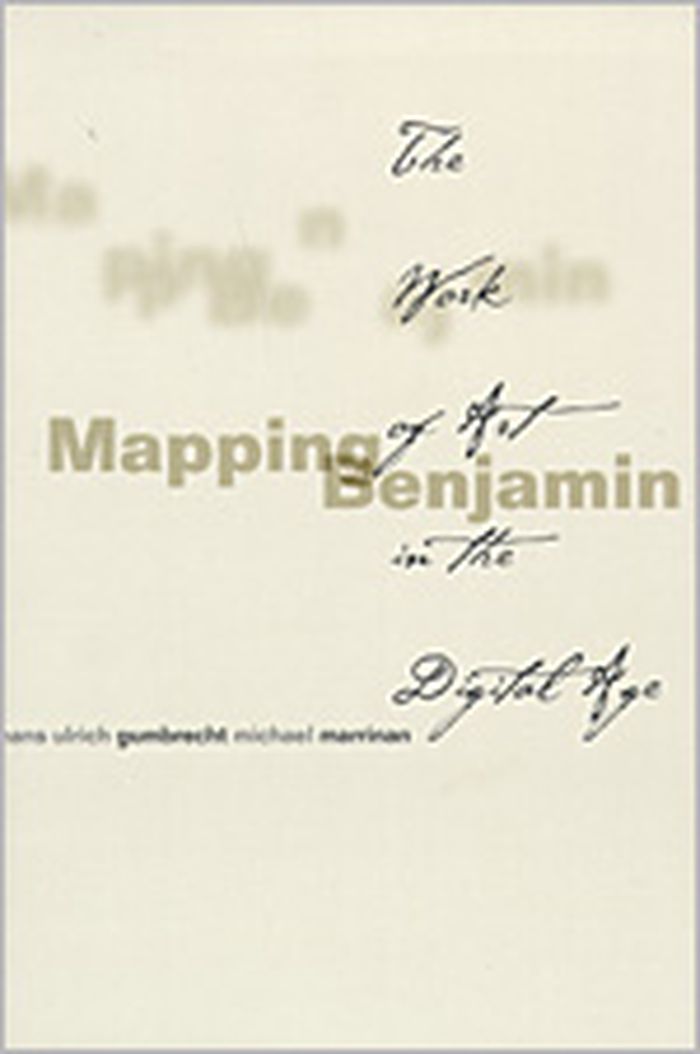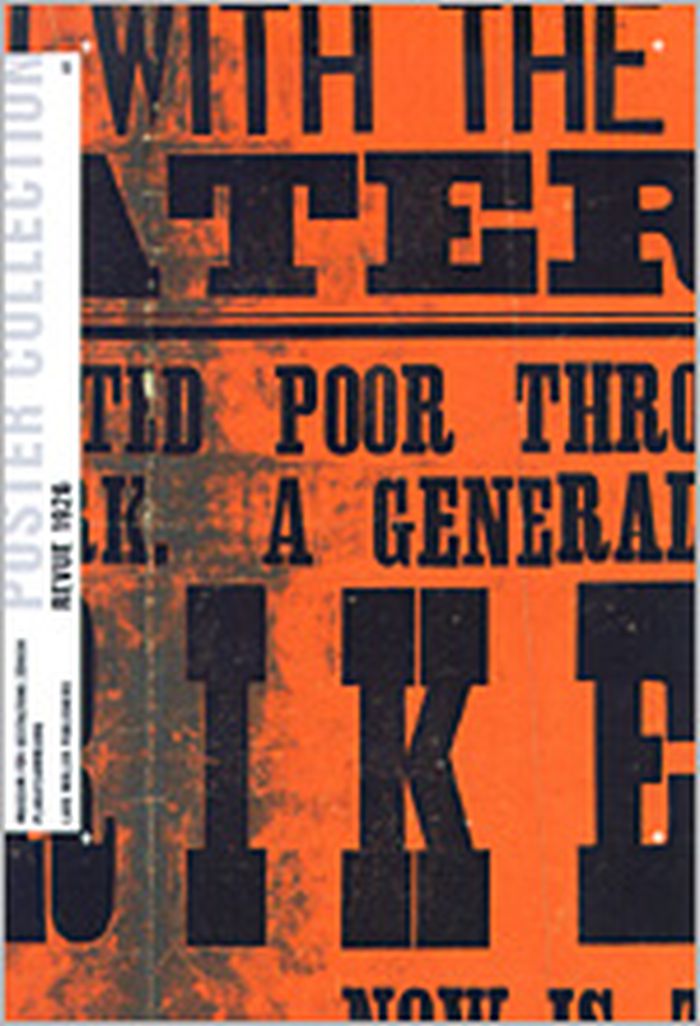$33.95
(disponible sur commande)
Résumé:
Since its publication in 1936, Walter Benjamin's "Artwork" essay has become a canonical text about the status and place of the fine arts in modern mass culture. Benjamin was especially concerned with the ability of new technologies--notably film, sound recording, and photography--to reproduce works of art in great number. Benjamin could not have foreseen the explosion of(...)
Théorie de l’architecture
juillet 2003, Stanford
Mapping Benjamin : the work of art in the digital age
Actions:
Prix:
$33.95
(disponible sur commande)
Résumé:
Since its publication in 1936, Walter Benjamin's "Artwork" essay has become a canonical text about the status and place of the fine arts in modern mass culture. Benjamin was especially concerned with the ability of new technologies--notably film, sound recording, and photography--to reproduce works of art in great number. Benjamin could not have foreseen the explosion of imagery and media that has occurred during the past fifty years. Does Benjamin's famous essay still speak to this new situation? That is the question posed by the editors of this book to a wide range of leading scholars and thinkers across a spectrum of disciplines in the humanities. The essays gathered here do not hazard a univocal reply to that question; rather they offer a rich, wide-ranging critique of Benjamin's position that refracts and reflects contemporary thinking about the ethical, political, and aesthetic implications of life in the digital age.
Théorie de l’architecture
$29.95
(disponible en magasin)
Résumé:
A cross-section of a year chosen at random, the poster collection casts its net in its own archive and presents posters from Paris, London, Moscow, Vienna, Zurich or Milan. They all have only one thing in common: the year in which they were produced. History is not seen as a continuous development, but as a broad showplace for simultaneity.
février 2002, Zurich
Poster collection 01 : revue 1926
Actions:
Prix:
$29.95
(disponible en magasin)
Résumé:
A cross-section of a year chosen at random, the poster collection casts its net in its own archive and presents posters from Paris, London, Moscow, Vienna, Zurich or Milan. They all have only one thing in common: the year in which they were produced. History is not seen as a continuous development, but as a broad showplace for simultaneity.

